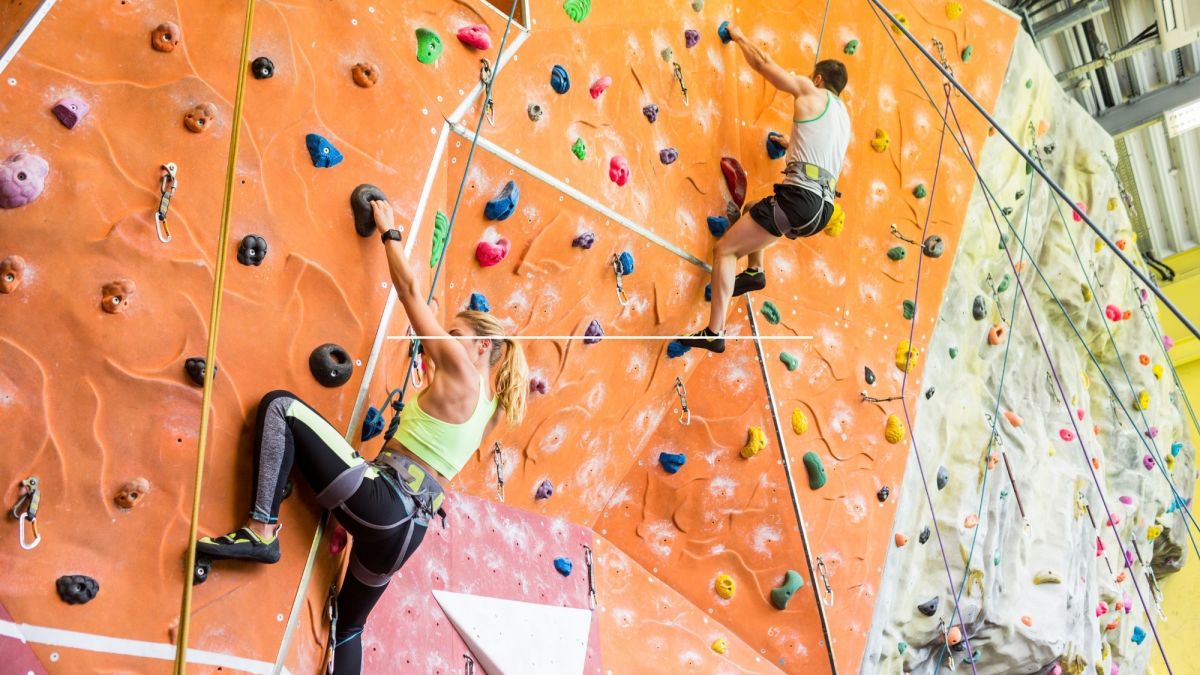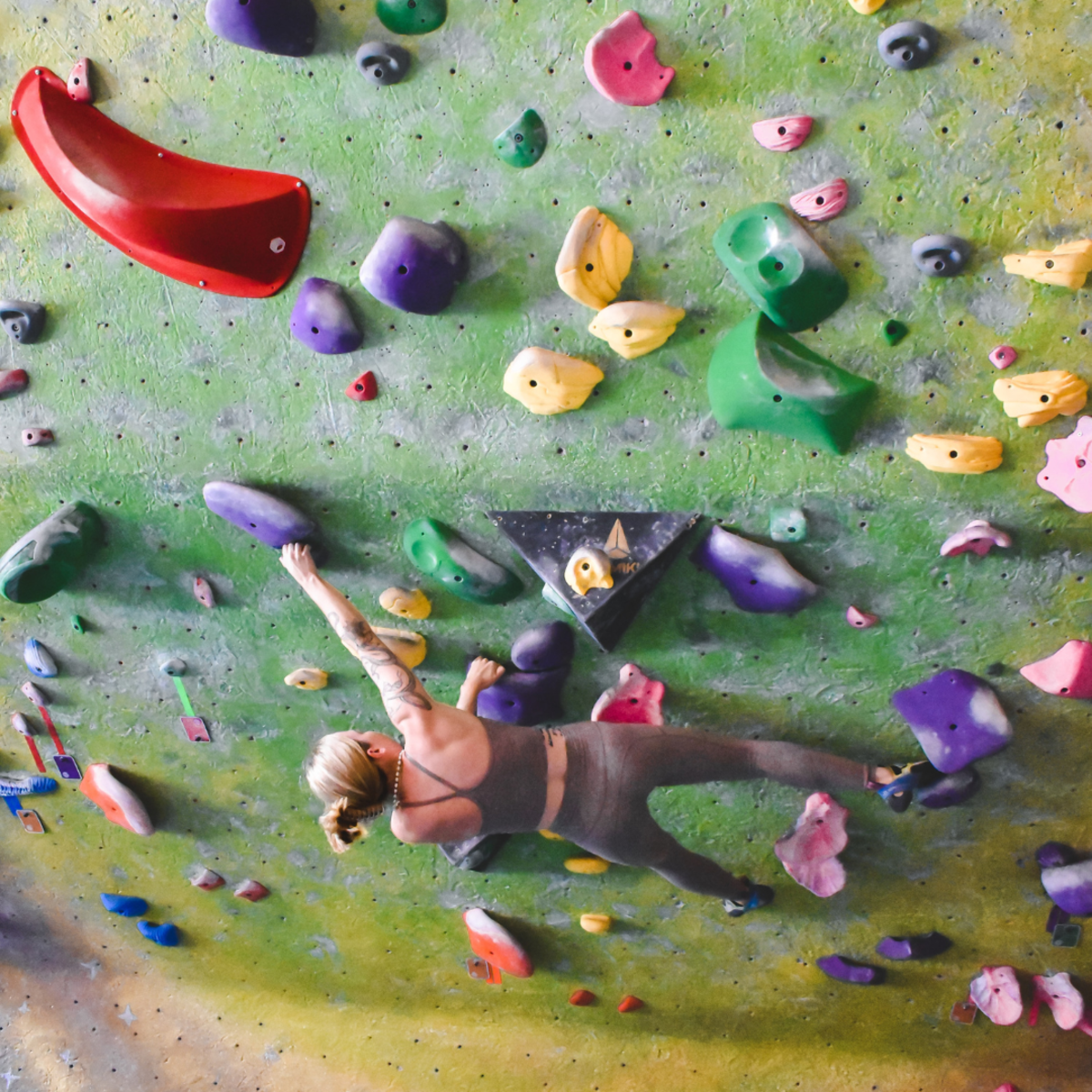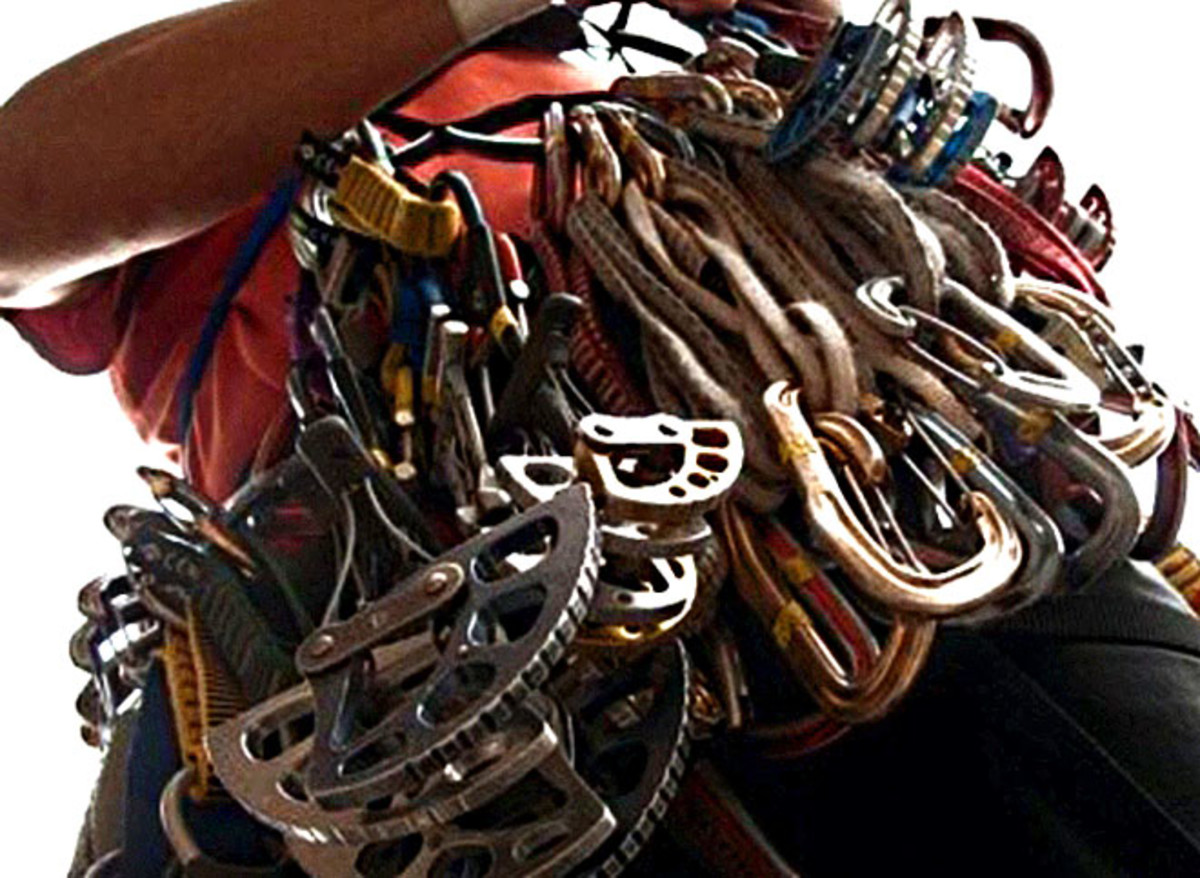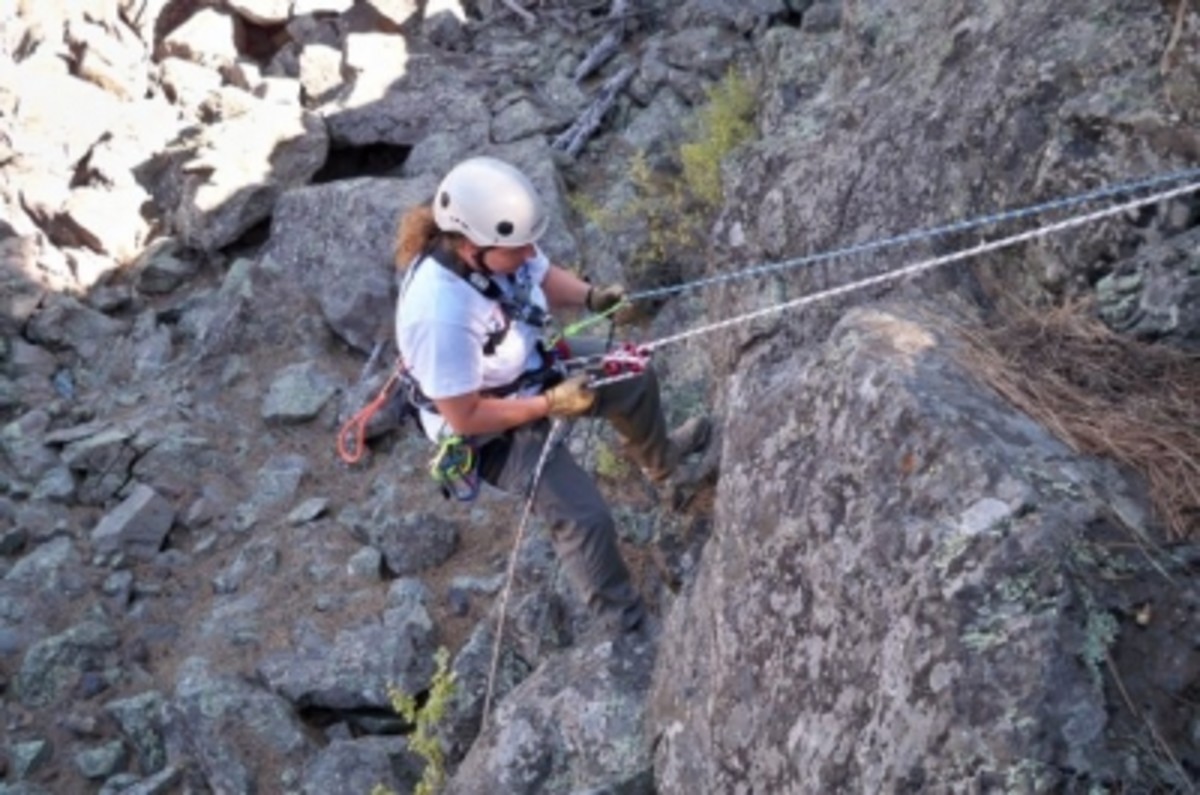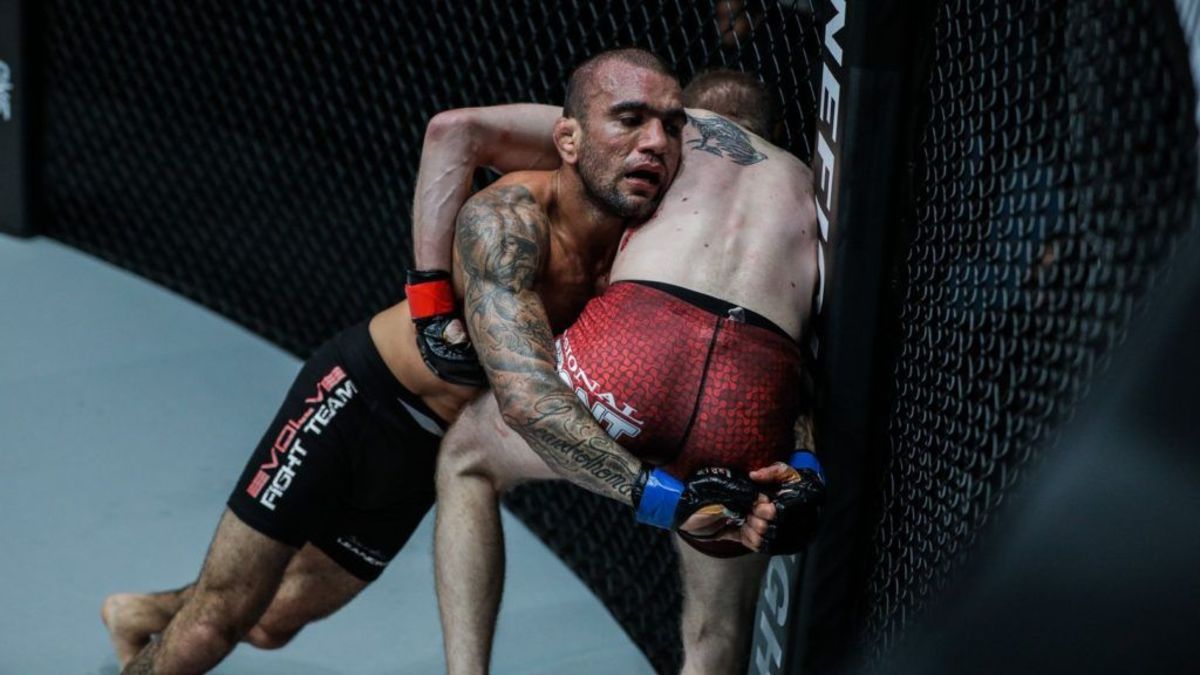5 Fun Training Drills to be a Better Rock Climber
The best way to train for climbing is on the wall
I taught Rock Climbing classes at two local Rock Climbing gyms in North New Jersey for three years. These are a few of the on the wall training drills I used to strengthen the climbing and problem solving abilities of my students.
So easy he can do it!
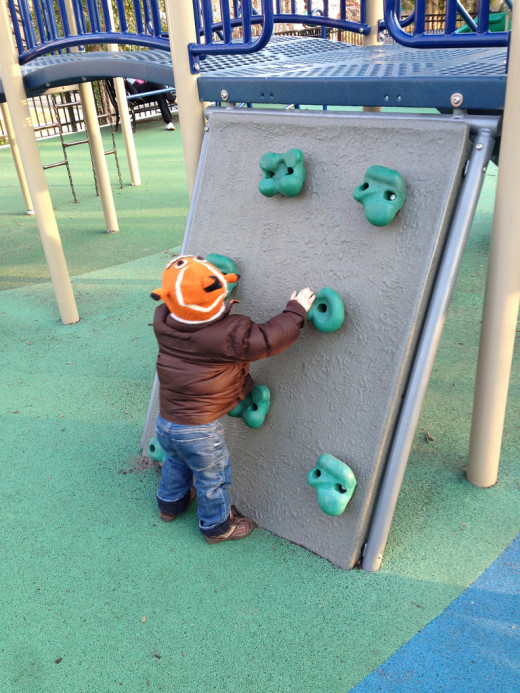
Rock Climbing Drill #1. Hang and Holds
How does it make you a better climber?
Improves endurance and grip strength.
How it works:
These hang and hold competitions were simple games that pitted the kids against each other, as well as their previous best time. The goal is simple: find a set of holds on the wall and hang on for as long as you can. You are allowed to change position, shack out arms, flag out feet, etc., but you cannot change holds or allow yourself to touch the ground. Each participant’s best “hang time” is recorded and the goal is to hang on a little bit longer each time. I usually ran the drill at the end of the class when they were already tired out. It helps to get that last burn in your muscles before going home for the day.
This exercise strengthens the students' endurance on the wall, and since it’s a mini-competition, it is easier to encourage friends and students to hang on for longer than they think they can.
Rock Climbing Drill #2. Point-off
How does it make you a better climber?
Teaches rest positions and trains endurance.
How it works:
Point-off is a variant of hang and hold. Choose a set of holds near to the ground and get on the wall. Now the teacher or a friend will call out what body part must be removed from the wall. “Left-hand off” would mean you must remove your left hand from the wall until the friend or instructor allows you to put the hand back on. Multiple points of contact can be called off at a time. “Left-hand and right-foot off” for example, or even “Both hands off” if the student’s ability and the wall’s configuration allows.
This exercise teaches the student multiple rest positions because the student will naturally attempt to position himself in the least strenuous position. This is a valuable skill for later in climbing where finding a “no-hands rest” can be the difference between completing a route or facing a fall.
Choose a wall with many options!
![By Pablo Moratinos (tat) (Own work) [CC-BY-SA-2.5-es (http://creativecommons.org/licenses/by-sa/2.5/es/deed.en)], via Wikimedia Commons By Pablo Moratinos (tat) (Own work) [CC-BY-SA-2.5-es (http://creativecommons.org/licenses/by-sa/2.5/es/deed.en)], via Wikimedia Commons](https://usercontent1.hubstatic.com/8916064_f520.jpg)
Rock Climbing Drill #3: Add-on
How does it make you a better climber?
Trains problem solving and body positioning.
How it works:
Add-on is another competitive game. Choose a word (we usually used “climb”) and choose who starts the game. The starter goes up to the wall, chooses the start hold and makes two reaches (moves) up the wall with his hands. The “route” is now that start hold and the two other designated hand holds. Foot holds aren’t designated and any holds can be used. The next person in line then approaches the wall, climbs the “route” and adds on two new hand holds. Turn after turn, the climbers build on each other's moves, going up, down and across the wall. If a climber cannot complete the “route” and falls, he earns a letter of the chosen word. The first fall is “C”, and the second is “L” until he spells "CLIMB”. If the climber falls on the last move added on, then he can choose to reset that move in order to keep the game going. This encourages the climbers to make the most difficult moves they can fathom, in hopes that they can out-climb their competition. The lesson taught isn’t sabotage though, as the climbers usually discover that even large differences in size, height, and strength, don’t necessarily mean that one climber can’t do what another one can. Since foot holds are open and any holds can be used, climbers do what’s best for their size, ability and strength. Attentive competitors learn that there are many different ways to accomplish a given route and gain the ability to use that problem solving technique when later faced with a difficult climb.
Training with the safety of a top rope

Rock Climbing Drill #4: One-hand
How does it make you a better climber?
Teaches body and weight positioning.
How it works:
One-hand is a personal challenge and not a competition. Pick an easy, top-roped climb on a wall with a gentle slope away from the climber. The goal is to climb the route using only one-hand. The first instinct will be to pull up on the arm you can use and explosively jump from one hold to the next. This is not the goal. The goal is to use body position and foot positioning to take as much of your weight off your hands as possible. When done properly, the climber can take his time moving his only hand up to the next hold, then re-position his feet higher and move the hand again. Run this drill multiple times in a short time frame to encourage use of proper body position. The climbers that insist on making explosive moves forward with the one hand will soon tire and be unable to finish the climb. The lesson learned from this drill is that body positioning and foot positioning can be used to take most of your weight off of your arms. This is a critical skill for more technical climbing in the future. Technical climbing is easier when you think of your arms as stabilizers and sources of forward momentum instead of weight bearing muscles.
Rock Climbing Drill #5. Count-offs
How does it make you a better climber?
Teaches a static, “slow and strong” style of climbing. Puts emphasis on the space between holds.
How it works:
Count-offs are another personal challenge. Begin with an easy, top-roped climb. Position yourself on the start hold and your feet on the wall. Now each time you move a foot or a hand to a new hold, you must hover the foot or hand above the hold and count to five. To move to the next hold, you must reach out, hover your hand above the hold and count to five before grabbing the hold. Same thing with your next foothold and the handhold after that. If you are unable to make a reach and fall, or if you place your foot or hand on the hold before finishing the count, then you must be lowered to the ground and start over again. This drill reinforces the importance of planning out a climb and your positioning before making a move. The student knows that he cannot fling himself up the wall and hope for a steady landing but instead must plan ahead and know what move he’s going to make. This is reinforced both by requiring the count-off and by knowing that a misstep means restarting the climb. This drill favors the “static” style of rock climbing where moves are planned, slow, steady and rarely are more than three points of contact off the wall. Even if the climber’s preferred style is dynamic, with violent, explosive motions and quick ascents, the climber will benefit from the increase in body understanding and endurance gained from a “static” style drill.
5 Climbing Drills - Recap
Drill Name
| How does it work?
| Trains/Teaches What?
|
|---|---|---|
Hang and Holds
| Competition to hang on as long as possible
| Endurance
|
Point-offs
| Call out "points" or body parts that must be removed from the wall
| Endurance, Rest positions
|
Add-On
| Game where climbers add their own moves to make a unique climb
| Problem Solving, learning from others
|
One-Hand
| Climb an easy route with one hand
| Weight positioning
|
Count-Offs
| Hover over a hand or foot hold for 5 seconds before using it
| Pre-planning, "static" climbing
|
Which one will you use?
How do you train for climbing?
These are five rock climbing drills I’ve used in the past to great success. I hope you can use these drills to better you and your students' climbing abilities. The joy of climbing is being a bit better than you were yesterday, climbing a bit harder and finishing that route that’s been vexing you. Please leave a comment if you found these drills worthwhile or have one of your own! Be safe, hit the walls and enjoy the beauty of rock climbing!

